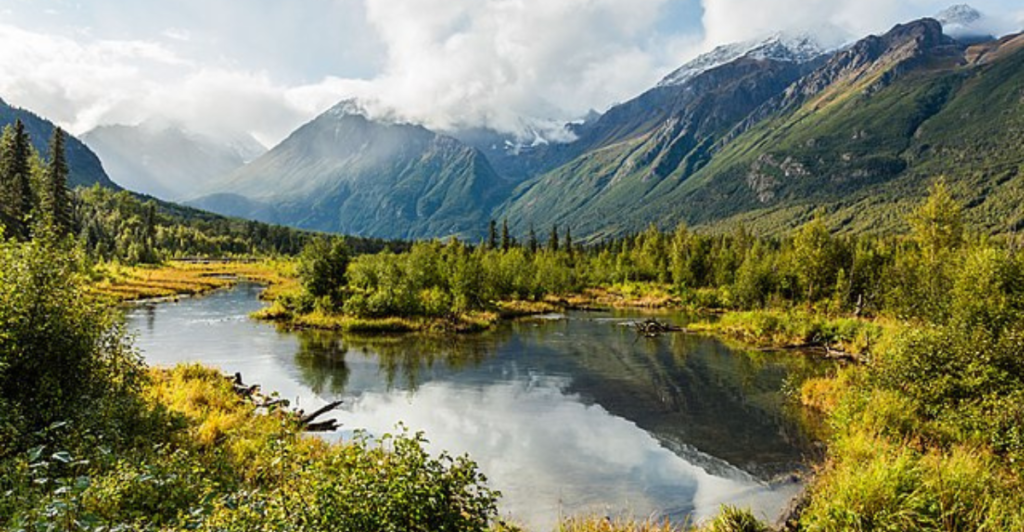
As climate change and human development threaten ecosystems worldwide, several U.S. states are stepping up their efforts to safeguard nature and wildlife. From expansive national parks to progressive legislation, these states are models of environmental stewardship.
California: A Pioneer in Biodiversity Conservation
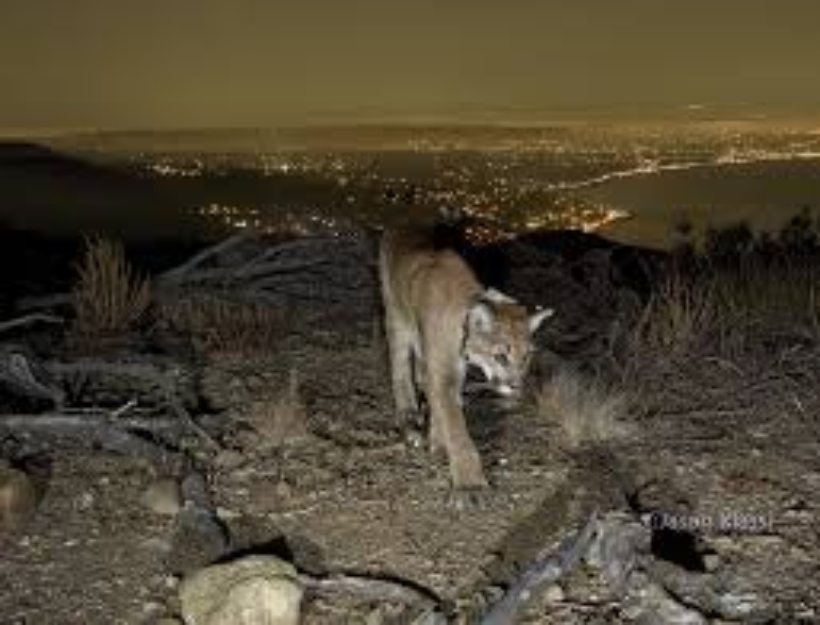
California boasts an impressive array of biodiversity, with over 200 endangered or threatened species calling it home. The state’s landmark Endangered Species Act protects critical habitats like the Mojave Desert and Sierra Nevada.
Programs like the Marine Protected Areas (MPAs) initiative ensure sustainable ocean ecosystems along the Pacific Coast. Additionally, California has set ambitious targets to conserve 30% of its land and water by 2030, a goal aligned with the global 30×30 initiative.
Colorado: Championing Public Lands

Colorado leads in protecting public lands, with 42 state parks and vast national forests that house species such as elk, mountain lions, and black bears. The state’s funding from the Great Outdoors Colorado (GOCO) program directs lottery revenue toward land preservation and recreation.
Efforts like the Colorado Habitat Exchange program work to balance development with ecosystem protection, aiding species like the greater sage-grouse. With over 11 million acres of federal wilderness, Colorado remains a beacon for outdoor enthusiasts and conservationists alike.
Florida: Safeguarding Unique Ecosystems
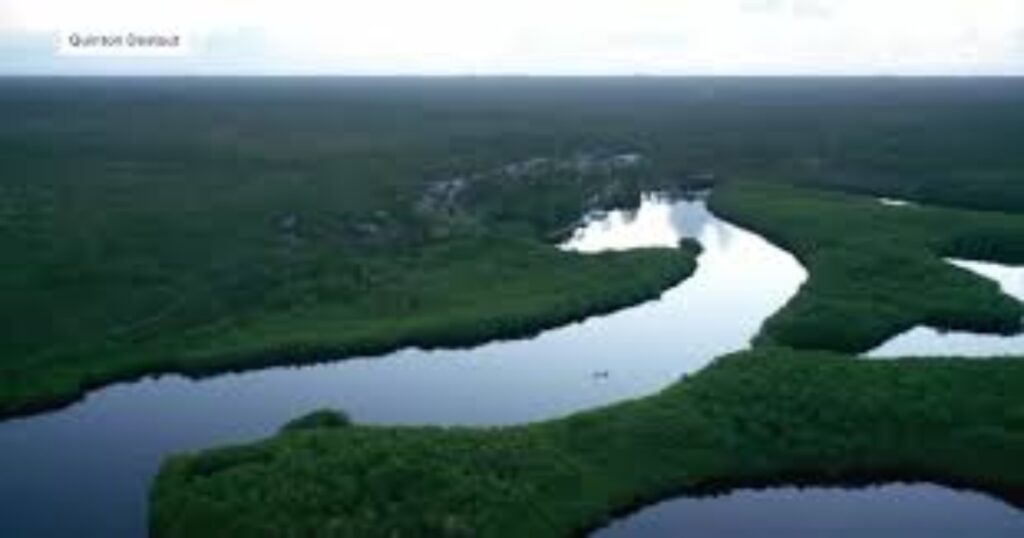
Florida’s Everglades National Park, a UNESCO World Heritage Site, supports species found nowhere else, such as the Florida panther and American crocodile. Ongoing restoration efforts aim to reverse decades of water mismanagement and habitat loss in this critical wetland.
Programs like the Florida Forever Act allocate significant funding to purchase and protect undeveloped land, enhancing resilience against climate change. Florida also works to preserve its marine life, including manatees, through dedicated sanctuaries and awareness campaigns.
Washington: Preserving Forests and Coastlines
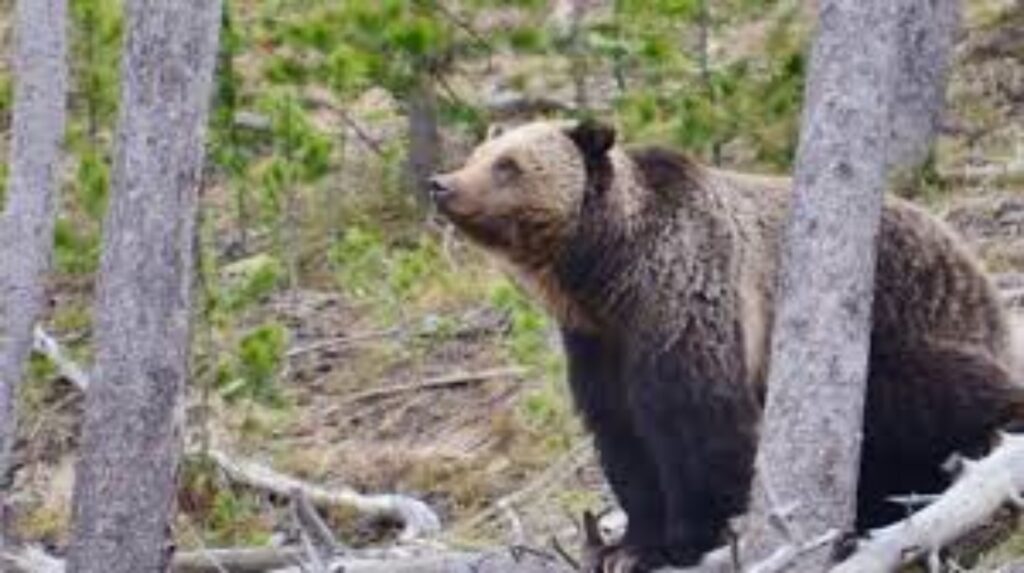
Washington State is a leader in preserving its iconic old-growth forests and coastal ecosystems. Olympic National Park, with its temperate rainforests and diverse wildlife, attracts millions of visitors annually while remaining a stronghold for species like the Roosevelt elk.
The state’s Puget Sound Partnership focuses on restoring marine habitats vital for salmon, orcas, and other marine life. Additionally, Washington’s Clean Energy Transformation Act highlights its commitment to reducing environmental impacts while supporting renewable energy initiatives.
Montana: A Haven for Wildlife

Montana’s vast wilderness areas, including Glacier National Park and Yellowstone’s northern expanse, make it a sanctuary for iconic species like grizzly bears and wolves. The state has also pioneered collaborative conservation efforts, working with ranchers to minimize conflicts between wildlife and agriculture.
Programs like Montana Fish, Wildlife & Parks monitor and manage wildlife populations, ensuring healthy ecosystems. With more than 30 million acres of public land, Montana stands as a testament to coexistence with nature.
Maine: Leading in Land Conservation

Maine protects its rugged coastline, lush forests, and diverse wildlife through innovative conservation efforts. Programs like the Land for Maine’s Future focus on acquiring land for public use and ecological preservation.
The state’s lobster fishery, managed sustainably for decades, serves as a global model for balancing economic interests with marine conservation. Maine also supports critical species like the Atlantic puffin through habitat restoration on coastal islands.
Texas: Balancing Growth and Conservation
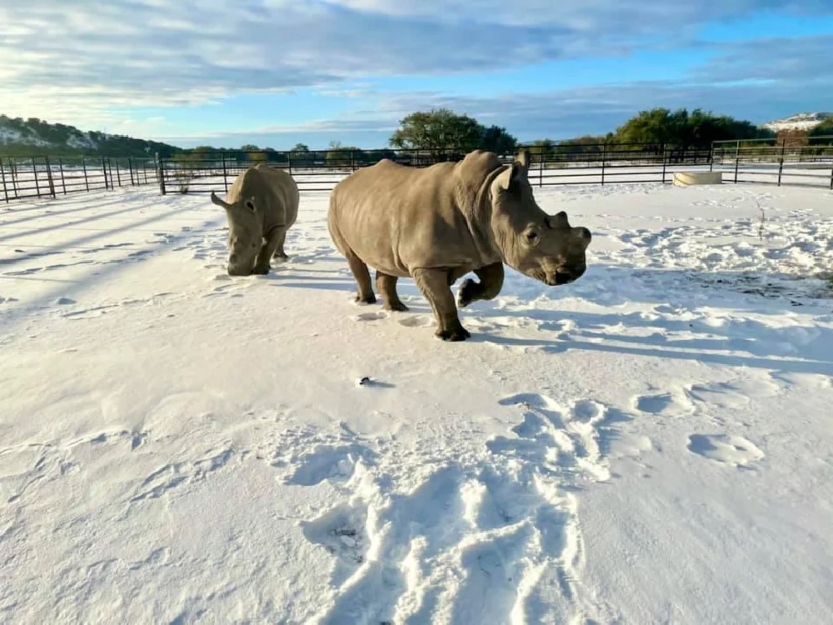
Despite its rapid urbanization, Texas invests in preserving its unique landscapes, such as the Big Bend region and coastal marshlands. Initiatives like the Texas Conservation Plan focus on conserving habitats for endangered species like the golden-cheeked warbler.
The state also supports innovative water management strategies to sustain its ecosystems amid drought conditions. Through partnerships between private landowners and conservation groups, Texas demonstrates how collaborative efforts can benefit both nature and people.
Minnesota: Protecting Waterways and Wetlands

Minnesota, known as the “Land of 10,000 Lakes,” emphasizes protecting its freshwater resources and wetlands. The state’s Clean Water Fund, financed by a voter-approved sales tax, invests heavily in maintaining water quality.
Efforts to restore habitats for species like the loon and walleye have proven successful, with measurable population increases. Minnesota also safeguards its forests through sustainable logging practices and reforestation projects.
A National Commitment to Nature
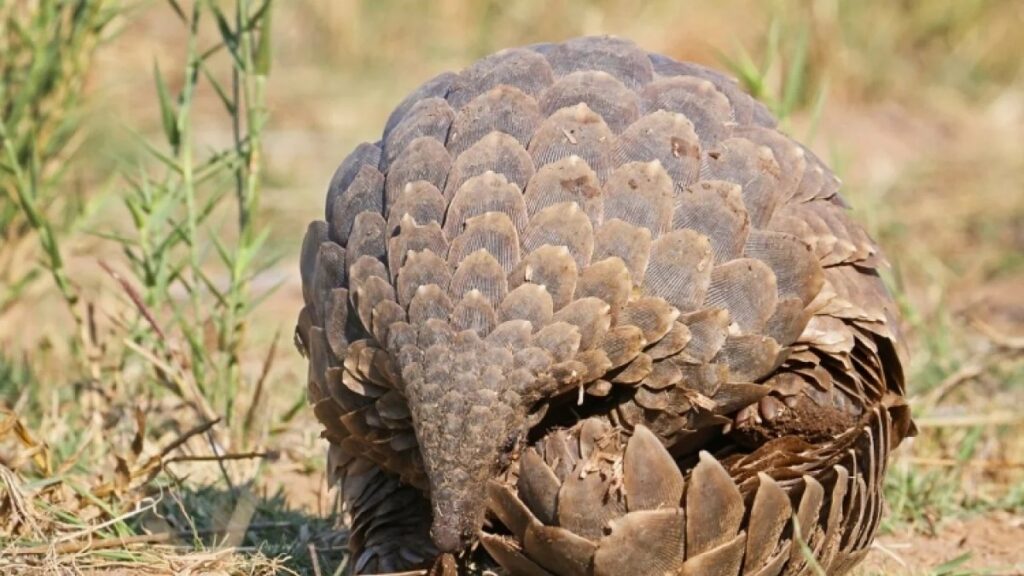
These states demonstrate that protecting nature and wildlife is not only essential for biodiversity but also beneficial for future generations. Their innovative approaches and strong public support set a benchmark for environmental efforts across the country.
By continuing to invest in conservation programs and promoting sustainable practices, the U.S. can preserve its rich natural heritage. These states prove that a balance between human activity and nature is achievable with dedicated effort.
Stay connected with us for more stories like this! Follow us to get the latest updates or hit the Follow button at the top of this article, and let us know what you think by leaving your feedback below. We’d love to hear from you!







